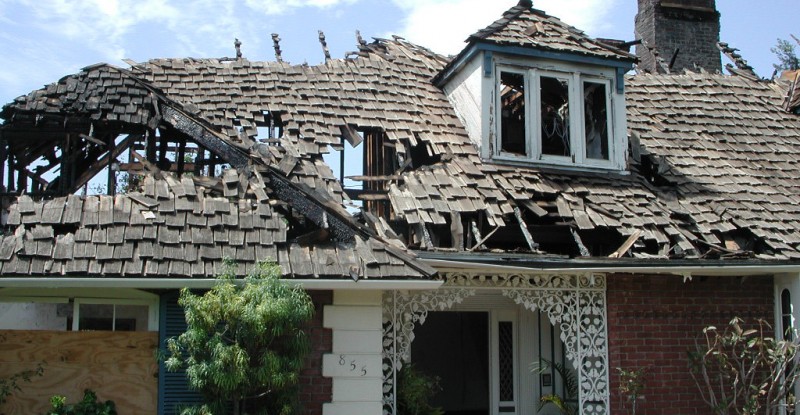Q. The felted flat roof of my rear extension is leaking, and a number of firms are offering apparently foolproof solutions, such as fibreglass, rubber membranes, and jointless glassfibre-reinforced plastic coverings. These systems are all promoted with a variety of impressive-looking glossy brochures and promises of 25-year guarantees.
A. Flat roofs in Britain are notorious for leaking, and the problem does not usually lie with the roof covering material, but with poor workmanship. ‘Flat’ roofs actually need a fall of at least four degrees, a requirement which is often neglected. And if the timber roof joists are not thick enough, they can sag in the middle, allowing water to pond, and find its way through any minor defect.
The problem with most of the ‘instant fix’ flat roof repairs on the market is that they simply cover the existing leaking flat roof with a new waterproof coating, which will not remedy the underlying causes of the leak. This is throwing good money after bad. The GRP (glassfibre-reinforced polyester) and glassfibre flat roofing systems are often advertised as having ‘no joints’, as if this was an advantage, but in fact a large flat roof area exposed to sunlight should always have movement joints to cope with thermal expansion. If there are no joints then there may be expansion damage later on. And the 25-year ‘guarantees’ are usually meaningless. Also, the prices charged by these companies are often greater than the cost of getting the roof re-covered properly using tried and tested traditional methods. Modern high-tensile roofing felts should last for fifty years if they are installed properly.




